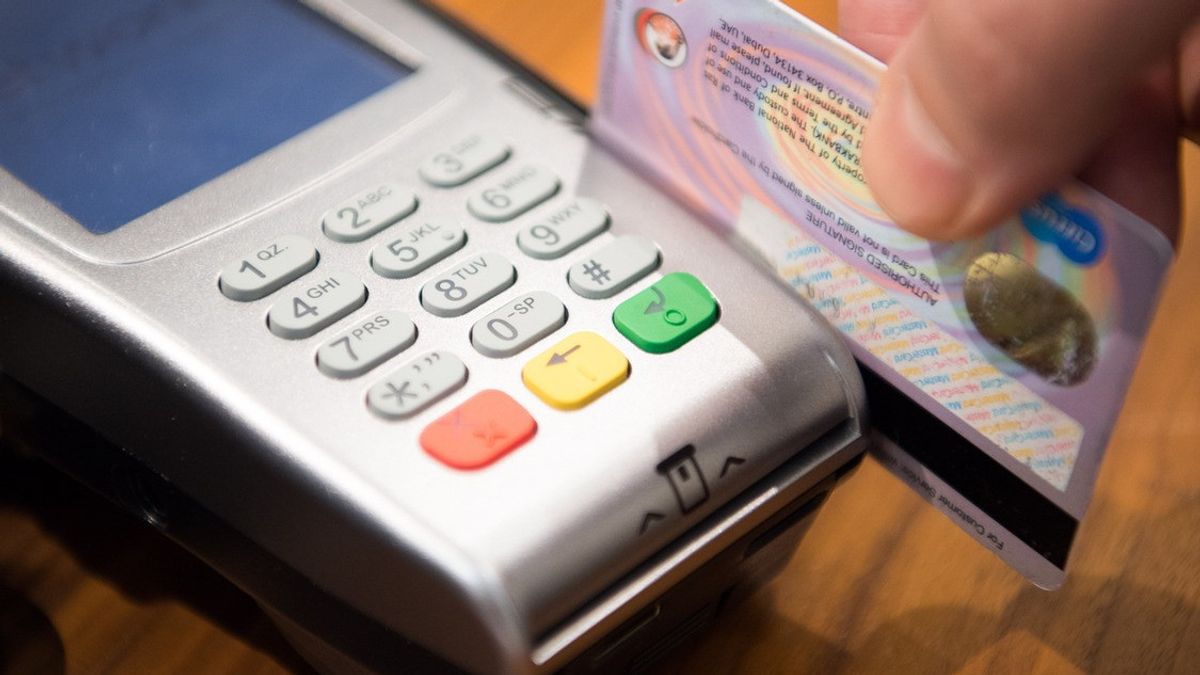YOGYAKARTA Paylater and credit cards are financing services that allow users to make purchases without having to pay directly. Although it looks similar, these two financial products are not the same. Paylater differences and credit cards can be seen from the service provider, loan limits, tenors, to the facilities offered.
Want to know more details about the differences in paylaters and credit cards? Let's see the full information below.
1. Service provider
The most important difference in paylaters and credit cards is of course the service provider. Generally, paylater services are provided by financial technology (fintech) companies. Meanwhile, credit cards, this loan product is issued by banking institutions.
2. Limit or loan limit
The next difference in paylaters and credit cards can be seen from the limit or loan limit.
Usually, the initial paylater limit is far less than the credit card. However, the paylater limit will gradually increase if the user is disciplined in payment and the transaction history record is considered good.
3. Tenor or loan period
Paylaters and credit cards also have differences in loan tenors. Paylater generally has a maximum limit of one year or 12 months in one transaction. On credit cards, the installment tenor starts from 3, 6, 12, 18, to 24 months.
4. Requirements for applying for a loan
In terms of requirements, paylaters are much easier than credit cards. To apply for a paylater, customers only need to fill in documents online, including a photo of themselves and an identity card. Creditors will not conduct a survey before providing a loan.
On credit cards, customers must go through several manual processes, such as filling in several documents such as personal data form and so on. When submitted, the bank will conduct a survey process.
In this process, the bank will contact several parties included in customer data. The goal is to ensure the correctness of the data. Credit cards also usually go through the BI checking process.
5. Scope
Paylater has a smaller scope than credit cards. Paylater can only be used on certain platforms.
On credit cards, the scope is much wider because it can be used for offline and online transactions. In addition, the number of merchants is also very large, both for shopping for clothes, eating at restaurants, and shopping for daily necessities.
6. Fees paid
The next difference can be seen from the costs that must be paid by customers. on paylaters, users do not need to pay annual fees. However, usually additional costs in every loan transaction are valid. In addition, paylater users must also pay fines if there is a delay in installment payments.
Sementara kartu kredit, biaya yang harus dibayar nasabah sangat beragam, tergantung kebijakan dari pemberi kredit. Sebagian ada yang membebaskan biaya tahunan, sehingga tidak memberatkan nasabah.
7. The facilities offered
In terms of facilities, paylaters do not provide other facilities outside of spending. On credit cards, customers can enjoy the various facilities offered, such as discounts, promos, and cashbacks.
Discount facilities are generally obtained when customers shop directly at merchants, such as malls, supermarkets, or restaurants.
For cashback facilities, it usually applies to certain transactions and multiples. This cashback can be returned to increase the limit, or exchanged for credit bill levies.
That's information about differences in paylaters and credit cards. Get news updates of other options only on VOI.ID.
The English, Chinese, Japanese, Arabic, and French versions are automatically generated by the AI. So there may still be inaccuracies in translating, please always see Indonesian as our main language. (system supported by DigitalSiber.id)













